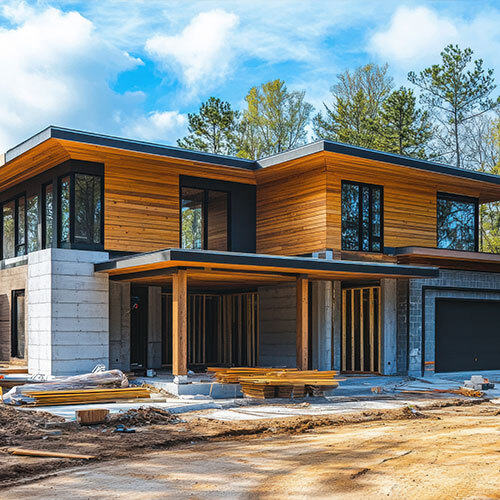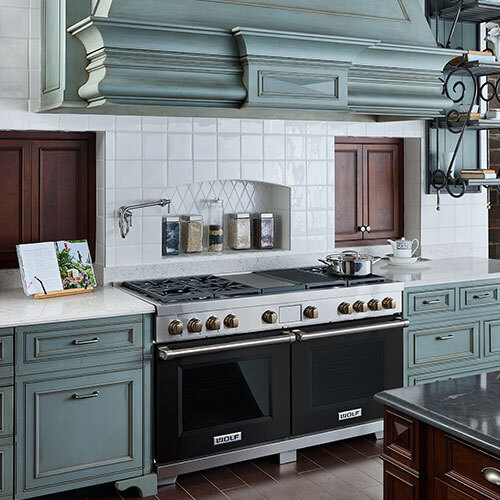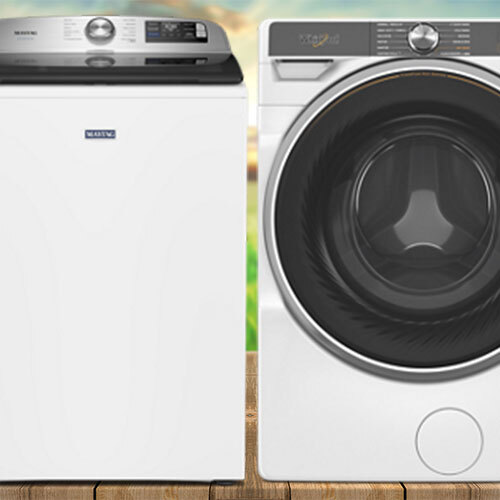
Convection ovens are everywhere these days, but what exactly is convection? What does it do—and more importantly, do you really need it?
Let’s break it down.
Conventional vs. Convection: What’s the Difference?
Let’s start with the conventional oven. (And yes—we agree those words are way too similar!)
A standard oven has one primary heating element at the bottom (sometimes exposed, sometimes hidden). When you set your oven to 350°F, that heating element cycles on and off to maintain an average temperature. In reality, your oven could be anywhere from 325°F to 375°F throughout the cooking process. And every time you open the door to check on your dish, you lose at least 25 degrees of heat.
Now, let’s talk about true convection.
A true convection oven uses three heating elements: one on the bottom, one on the top (the broiler), and a third hidden element behind the fan in the back. The fan circulates hot air around the entire oven, helping food cook more evenly and more quickly.
Why Convection Matters
Here’s where convection really shines: even cooking. Let’s say you’re baking three trays of cookies at once. In a conventional oven, you might need to rotate racks or turn trays to avoid uneven browning. With convection, the fan and multiple heat sources work together so all three trays bake evenly—no rotating or peeking required.
And since you're not constantly opening the door and letting heat escape, your oven stays closer to the temperature you set.
The Rule of 25
When using convection, keep this simple rule in mind:
The Rule of 25 — either lower the temperature by 25°F or reduce the cooking time by 25%.
There is a small learning curve, but this tip will help you adjust recipes and get great results right from the start.
Can I Cook Everything with Convection?
Short answer: no.
Some foods (like frozen lasagna) just don’t work well in convection mode—they tend to brown too quickly on the outside before the inside is fully cooked.
But many baked goods—cookies, cakes, cupcakes—are excellent in convection. And for roasting meat, convection is ideal. It browns beautifully while locking in moisture, giving you juicy, flavorful results.
Not All Convection Is Created Equal
There are two main types of convection ovens:
True Convection: Includes a third heating element with the fan.
Fan Convection: Uses the fan but relies only on the traditional heating element (no third element in the back).
The difference can impact cooking performance, so be sure to ask your salesperson which type you're getting.
So… Do You Need Convection?
If you love efficiency, even results, and a little extra cooking power in the kitchen, convection is worth considering. If you’re a traditionalist who doesn’t want to mess with temperature conversions or adjust your favorite recipes, a conventional oven might suit you just fine.
The good news? Most convection ovens can also operate in conventional mode, so you don’t have to choose just one.





